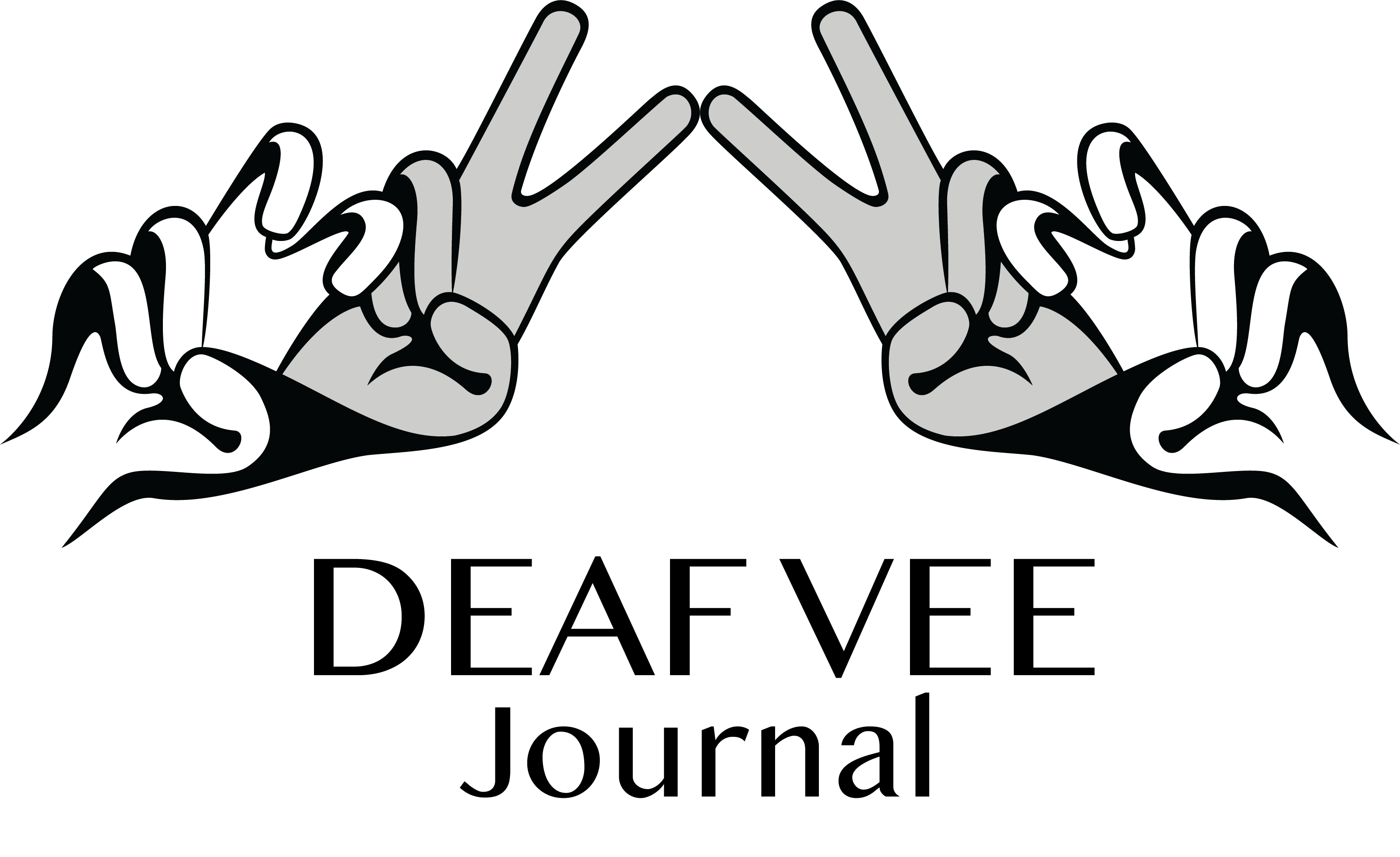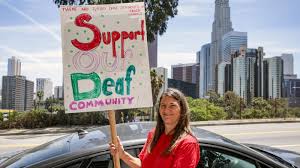Parents of students who attend schools for the Deaf* have been questioning whether their child’s school will be open face-to-face in the fall or if they will continue to do distance learning. President Trump and Betsy DeVos, the Secretary for the United States Department of Education, want to have schools open in the fall but many schools are not listening. DeVos made a statement that she believes that schools should be open for in-person classes five days a week. Due to being state-funded, almost all schools for the Deaf face the possibility of having to follow this requirement. School districts have made some good decisions and bad decisions to prepare for a fall of disaster. An example of a bad decision has been circulating on Twitter, causing a lot of concern among parents.
The Canyons School District in Utah had a draft of their reopening proposal, which was accessible on Google Docs as of June 30. This proposal raised questions when multiple Twitter accounts showed a screenshot of one part of the draft, which recommended a letter template in case a student or teacher dies from COVID-19. An article published on July 11, 2020, says, in defense of the Canyons School District, “but this is normal for crisis planning” (Heavy).
On Twitter, there is a full PDF available. (Click here to view the PDF) Parents, students, and faculty from the Canyon School District are working together to develop these drafts. In response to input from these groups, the draft (shown in the screenshot below) has since been revised. There are comments that say, “if it is necessary to include such a ‘template’ then there is no reason to re-open schools.”
Deaf Vee Journal has done some investigation on the different models that schools across the country are considering, and this is what we have discovered.
Some schools have been presenting options for their students and the families to pick: 100% in-person, hybrid (50% in person, 50% online), and 100% online. Usually, states or counties that have all in-person classes are areas with low numbers in the amount of COVID-19 cases. We have included a color-gradient chart o help you see the available options. The chart below is not a guideline for your state; the state of Alaska is using this chart, however, to determine whether they want to have all online classes (red), all in-person classes (green), or a hybrid model (yellow). Some school districts also are leaving the choice completely up to the parents, called “parent choice.”
Some schools for the Deaf* are in similar positions as Michigan School for the Deaf [MSD]. MSD is waiting for either the state of Michigan to announce their decision or the local school districts to share their plans. Some of MSD’s students come from other school districts, and those students rely on the said districts to provide transportation to MSD. New York State has the Executive Order 202.37 to allow for Special Education students to continue receiving instruction in person, as a means to ensure IEP requirements are met. New York has also announced that they are not going to make any final decision on which model all public schools will be following for Fall 2020 until the first week of August.
In a MIT Technology Review article, Maxwell Holyoke-Hirsch posed three critical questions. The number one question that parents need to ask themselves is, “If my child were to get COVID-19, how likely will they be able to spread the virus once infected?” Jeffrey Shaman, an infectious disease expert at Columbia University, said, “If you look at the peer-reviewed literature, it is very mixed.” There is some peer-based research that shows kids with COVID-19 are just as contagious as adults.
If you are concerned about your child’s safety, be sure to contact your school and ask questions. Ask all the questions you need to know what options are in place for your child. Some parents are moving their children to online schools to avoid sending their children to physical buildings for face-to-face classes. What are your plans for your child this coming school year?





